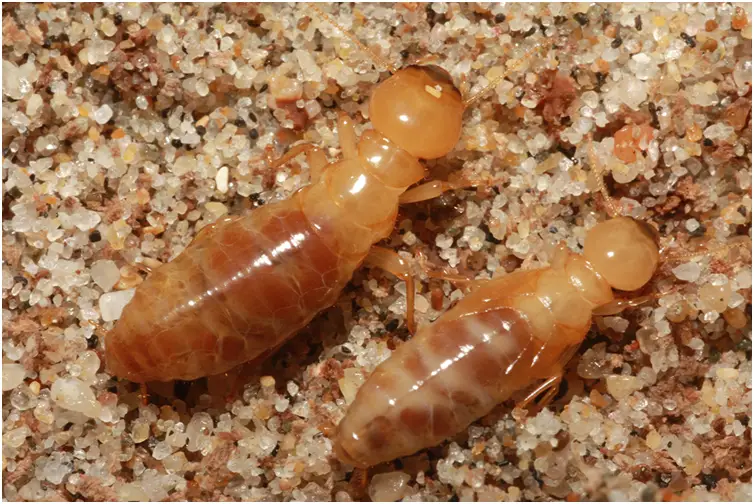Termites, tiny yet destructive insects, pose a significant threat to homes and properties worldwide. These silent invaders can cause extensive damage to wooden structures, compromising the integrity of buildings and leading to expensive repairs. To effectively manage termite infestations and protect your property, it's essential to implement comprehensive treatment and control practices. This guide offers valuable insights and practical plan for managing termite problems and maintaining a termite-free environment. Read this to know about A Comprehensive Guide to Effective Termite Treatment and Control.
- Conduct Regular Inspections: Regular inspections are the foundation of effective termite control. Schedule annual inspections with a licensed pest control professional to thoroughly assess your property for signs of termite activity. Look for indicators such as mud tubes, damaged wood, or swarming termites, and address any issues promptly to prevent infestations from spreading.
- Identify Termite Entry Points: Termites can enter buildings by tiny cracks and crevices in the foundation, walls, or roof. Seal gaps, cracks, or openings around windows, doors, utility lines, and pipes to prevent termites from accessing your home.
- Minimize Moisture: Termites thrive in moist environments, so it's crucial to eliminate sources of moisture around your property. Repair leaky pipes, unclog gutters, and ensure proper drainage to reduce humidity levels and discourage termite activity.
- Remove Wood Debris: Remove wood debris, such as fallen branches, tree stumps, and woodpiles, from around your property. These materials provide food and shelter for termites, increasing the risk of infestation.
- Implement Chemical Treatments: Chemical treatments, such as liquid termiticides or baiting systems, are practical options for managing termite infestations. Consult with a pest control expert to determine excellent treatment method for your property and ensure proper application for optimal results.
- Monitor and Maintain: Regular monitoring and maintenance are required for long-term termite control. Watch for signs of termite activity and make any necessary adjustments to your treatment plan to ensure continued protection against these pests.
By following these comprehensive treatment and control practices, homeowners can effectively manage termite infestations and safeguard their properties against the destructive effects of these pests. With proactive prevention and diligent maintenance, you can enjoy peace of mind knowing your home is protected against termite damage.







